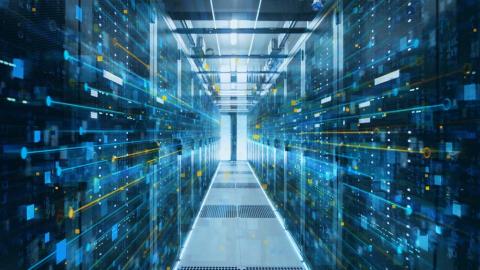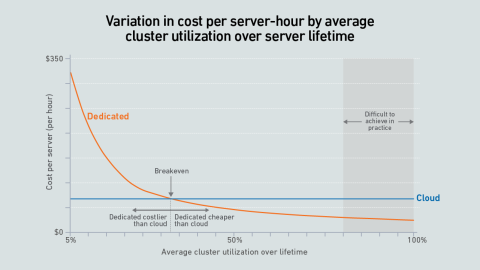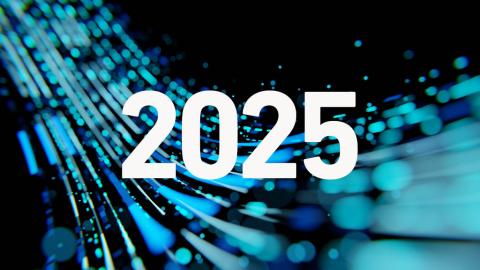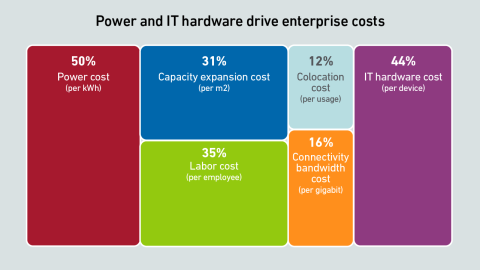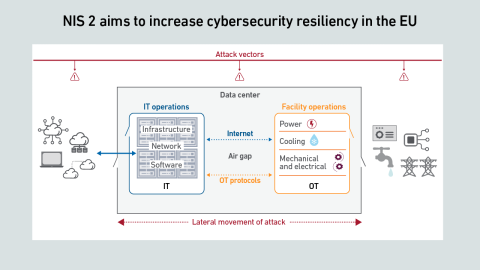Data centers are being included in national development plans as a source of economic growth. While this will ease operators' access to land and power, it will also lead to more scrutiny from government and regulation.
filters
Explore All Topics
A new wave of GPU-focused cloud providers is offering high-end hardware at prices lower than those charged by hyperscalers. Dedicated infrastructure needs to be highly utilized to outperform these neoclouds on cost.
The US government is applying a new set of rules to control the building of large AI clusters around the world. The application of these rules will be complex.
Data center infrastructure management software is widely used but rarely utilized at full potential. Adopting the latest capabilities and optimizations could achieve better resiliency and efficiency.
The data center industry's growth projections can be met by combining energy supply growth and demand reduction. Highly utilized IT infrastructure and efficient software can mitigate demand growth while delivering needed IT capacity.
Uptime Institute's Climate Change and Sustainability Survey (n=974) benchmarks data center capacity trends and looks at IT growth rates and how operators are adding data center capacity by building new and/or expanding existing facilities. The…
Hyperscalers design their own servers and silicon to scale colossal server estates effectively. AWS uses a system called Nitro to offload virtualization, networking and storage management from the server processor onto a custom chip.
If adopted, the UNEP U4E server and storage product technical specifications may create a confusing and counter-productive regulatory structure. The current proposals are as likely to limit as improve data center operations' efficiency
Uptime Intelligence surveys the data center industry landscape to look deeper at what can actually happen in 2025 and beyond based on the latest trends and developments. The stronghold that AI has on the industry is a constant discussion - but how…
This summary of the 2025 predictions highlights the growing concerns and opportunities around AI for data centers.
Power and cooling requirements for generative AI training are upending data center design and accelerating liquid cooling adoption. Mainstream business IT will not follow until resiliency and operational concerns are addressed.
Dedicated GPU infrastructure can beat the public cloud on cost. Companies considering purchasing an AI cluster need to consider utilization as the key variable in their calculations.
Uptime Intelligence looks beyond the more obvious trends of 2025 and examines some of the latest developments and challenges shaping the data center industry.
Power remains the top spending priority for most operators in 2025, but enterprises are set to increase IT hardware spending.
The EU's NIS 2 directive requires all organizations operating in Europe to comply with 10 essential cybersecurity measures, but many data center operators remain unprepared.
 Peter Judge
Peter Judge
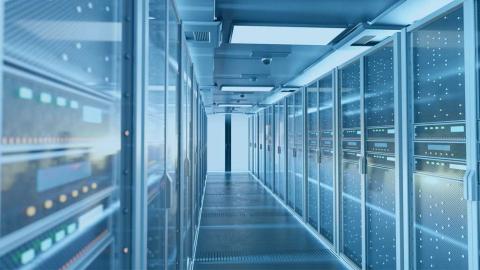
 Dr. Owen Rogers
Dr. Owen Rogers
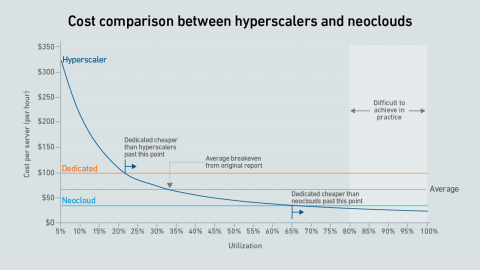
 Daniel Bizo
Daniel Bizo
 Max Smolaks
Max Smolaks
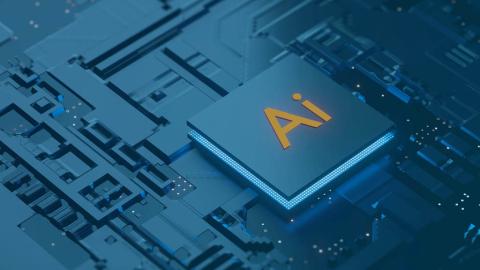
 John O'Brien
John O'Brien
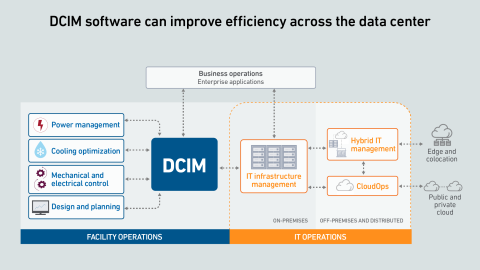
 Jay Dietrich
Jay Dietrich
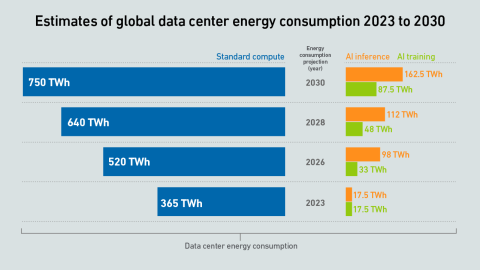
 Anthony Sbarra
Anthony Sbarra
 Laurie Williams
Laurie Williams
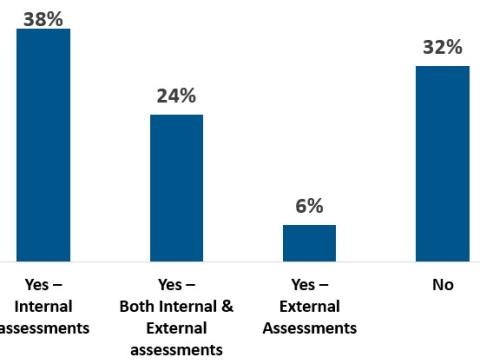
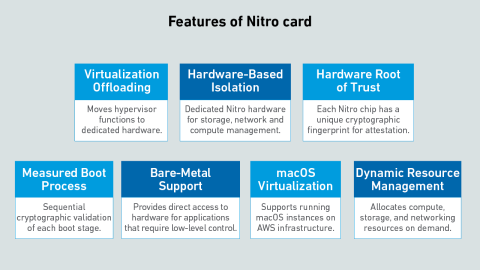

 Andy Lawrence
Andy Lawrence
 Douglas Donnellan
Douglas Donnellan
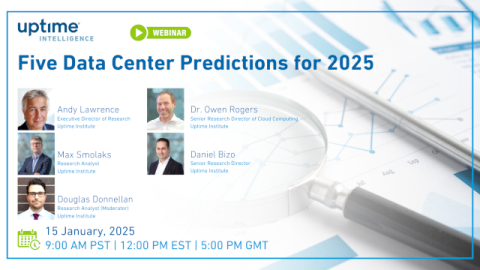
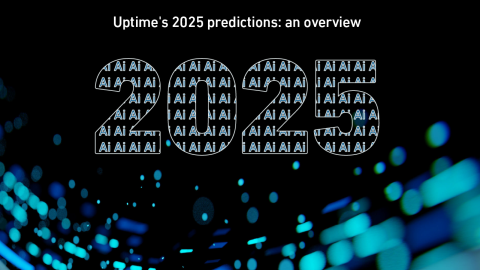
 Jacqueline Davis
Jacqueline Davis
